- Established 1982 -HOME: www.hiltonpond.org
THIS WEEK at HILTON POND Subscribe for free to our award-winning nature newsletter (Back to Preceding Week; on to Next Week) |
EARLY MIGRANTS ON THE MOVE Fall migration is already underway in early September at Hilton Pond Center, with the first of the Neotropical migrant species departing northern breeding grounds and passing through the Carolina Piedmont on their way south. Some stay only a day, snacking on Pokeweed berries or the maturing insects on our trees and shrubs, but a few will spend a week or two fattening up before leaving ahead of first frost. Our winter resident birds from up north--Dark-eyed Juncos, Ruby-crowned Kinglets, and White-throated Sparrows, for example--won't begin arriving until October.
All text, maps, charts & photos © Hilton Pond Center As noted on the comprehensive list at the end of this page, during the first half of September ten of 28 species banded were Wood Warblers, most of which do NOT nest locally. These included a thin-billed Tennessee Warbler (immature, above) and the aptly named Black-throated Blue Warbler (male, below). Same situation with two of the thrushes—Veery and Swainson's Thrush--that are primarily summer inhabitants of Canada and New England, although a few Veeries breed down the Appalachians into North Carolina's mountains.
All text, maps, charts & photos © Hilton Pond Center On 15 September at Hilton Pond Center we netted an immature male Scarlet Tanager (SCTA, below)--a species for which we've banded just 142 individuals here in 41 years. Unlike Summer Tanagers (SUTA) that breed locally, SCTA typically nest a bit further north and into Canada. (There are scattered SCTA breeding records from the South Carolina Piedmont.)
All text, maps, charts & photos © Hilton Pond Center This week's youngster had a yellow body with jet black wings, as shown; when he returns from the tropics next spring most or all his yellow will have molted into the brilliant red feathers that give the species its name
All text, maps, charts & photos © Hilton Pond Center Female Scarlet Tanagers (above) are similar to immature males but have wings of dark gray--but NOT black. Old females rarely show an orange tinge to some body feathers.
All text, maps, charts & photos © Hilton Pond Center Scarlet Tanagers have somewhat smaller and darker bills than Summer Tanagers, but both have a noticeable "tooth" (see the three SCTA photos above) halfway along the edge of the upper mandible. Both our tanagers are omnivores, eating fruit, nectar, and sundry invertebrates; the bill tooth is likely an adaptation for crunching down on hard-bodied beetles. All text, maps, charts & photos © Hilton Pond Center Summer Tanagers notwithstanding, by far the least common and most colorful species captured at the Center this week was an adult male Baltimore Oriole (BAOR, above), whose Halloween-like black and orange (and white) plumage took our breath away. We seldom encounter BAOR locally--this latest individual was only our 9th banded in since 1982! Despite the male's brilliant color, Baltimore Orioles are in the New World Blackbird Family (Icteridae) along with some not-so-black species such as Eastern Meadowlark and Bobolink--plus the truly black Common Grackle, Brown-headed Cowbird, and Red-winged Blackbird, among others. All these icterids have fairly stout and sharply pointed bills (below) that can do a number on unprotected hands of a bird bander.
All text, maps, charts & photos © Hilton Pond Center Although there are few breeding records for Baltimore Orioles in South Carolina, the species nests not far west and north of here. Surprisingly, in recent years BAOR have become common winter birds in the central and coastal areas of the state where oriole enthusiasts offer a never-ending supply of grape jelly to attract these frugivorous birds. Some locations boast of dozens of wintering Baltimore Orioles of all ages and sexes (young female below). In fact, South Carolina apparently now has the largest cold weather concentrations of BAOR in the entire U.S.
All text, maps, charts & photos © Hilton Pond Center Of our nine Baltimore Orioles banded in 41 years at Hilton Pond Center, just one was captured in spring migration; seven were fall migrants. Our only winter banding record was on 16 December 1993, although we have observed free-flying winter females on a couple of other occasions. NOTE: Scroll down for the full list of migrant and resident birds banded this week at the Center. All text, maps, charts & photos © Hilton Pond Center HILTON POND SUNSETS "Never trust a person too lazy to get up for sunrise
All text, maps, charts & photos © Hilton Pond Center Sunset over Hilton Pond, 12 September 2022 It's a contrail, NOT a chemtrail. Don't forget to scroll down for lists of Hilton Pond supporters and of all birds banded and recaptured during the period. Photoshop image post-processing for this page employs |
|---|
|
"This Week at Hilton Pond" is written and photographed by Dr. Bill Hilton Jr., executive director of Hilton Pond Center for Piedmont Natural History
|
|
|
Please refer "This Week at Hilton Pond" to others by clicking on this button: |
|

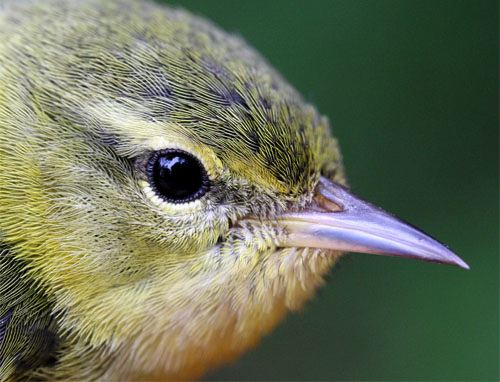
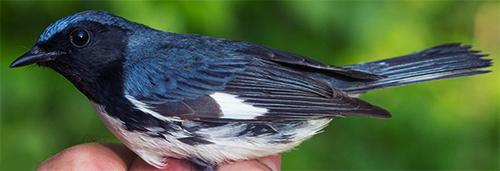
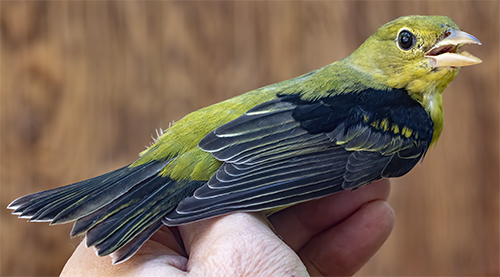


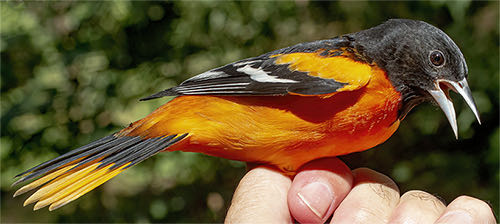
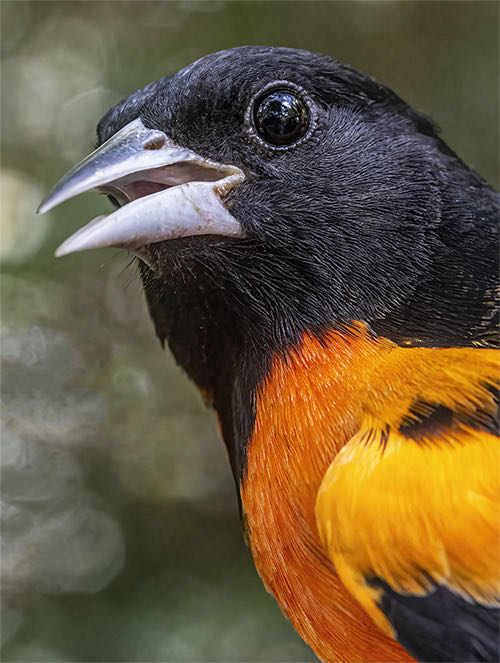

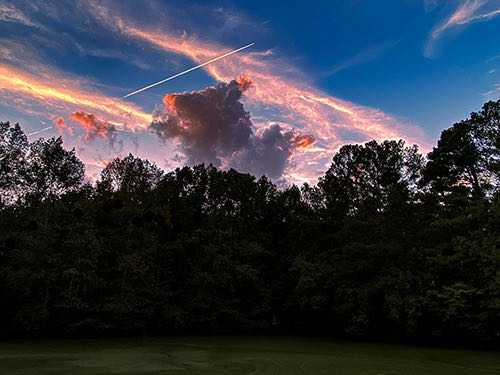









 Please report your
Please report your